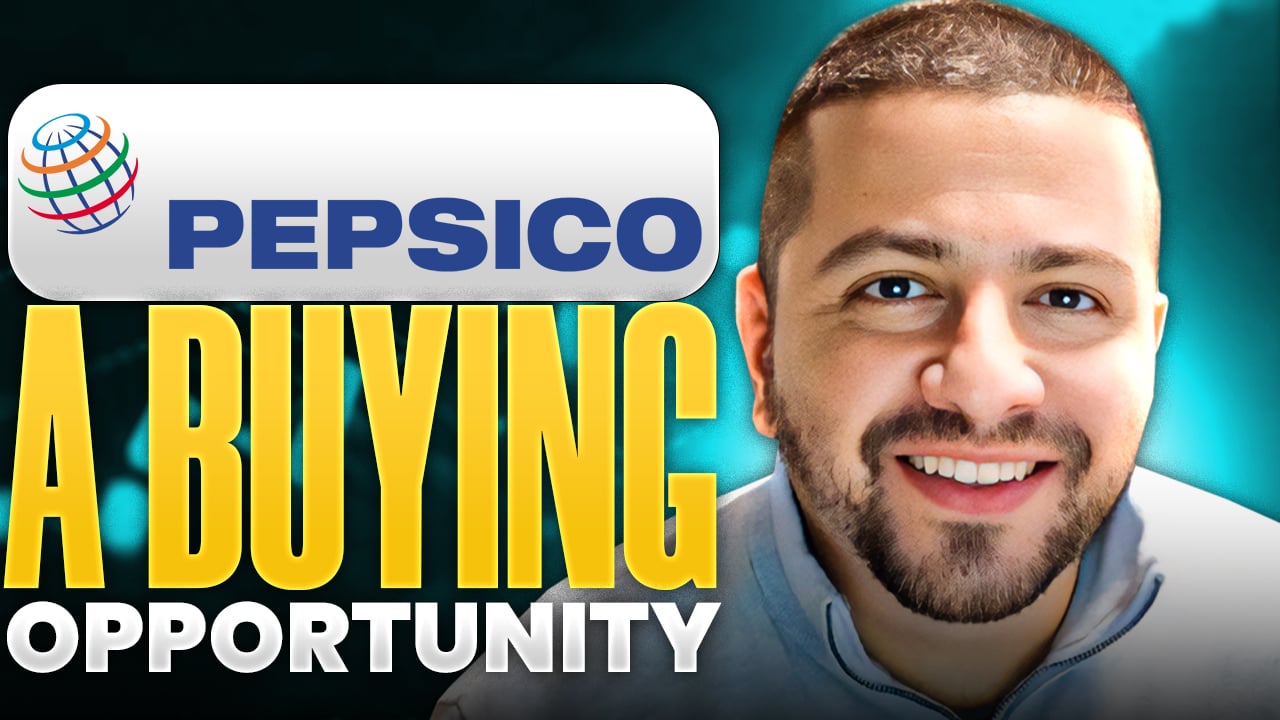PepsiCo (PEP +0.03%) was a beneficiary of the coronavirus-induced pantry stuffing that occurred at the onset of the pandemic in early 2020. Understandably, folks had little information about the severity and the duration of lockdowns and rushed to grocery stores and bought up nonperishable items.
Simultaneously, dining at restaurants decreased immensely, and people prepared food and ate at home more often. This could have been bad news for PepsiCo, but the company has a lower market share of products sold through away-from-home channels like restaurants, movie theaters, and entertainment and sporting venues. That's an area where rival Coca-Cola (KO 0.34%) has a strong position and thus was hit harder.
Fortunately, COVID-19 infection rates are decreasing in parts of the world where PepsiCo and Coca-Cola operate, and subsequently, governments are easing business restrictions and reopening economies. However, that could actually be a headwind for PepsiCo.

PepsiCo benefited as folks were staying home more often. Image source: Getty Images.
Snack much?
In addition to its beverage business, Pepsico has a robust snack business. In fact, its snack segment is far more profitable than its beverage segment. Its Frito-Lay segment earned operating profits of $1.24 billion on sales of $4.24 billion in the most recent quarter. Meanwhile, its beverage segment earned operating profits of $366 million on sales of $5.1 billion.
As you may have experienced yourself, people snack more often when they are at home. That's understandable. When you are working from home, your kitchen and pantry are only a few feet away. And this is especially true for kids who have been going to school virtually.
Thankfully, several vaccines against the coronavirus have proved effective, and close to 2.2 billion doses have been administered worldwide. Economies have started reopening, folks are returning to work, and the fall semester is likely to have a near-complete return to in-person schooling in the U.S.

PepsiCo stock is trading at a price-to-earnings ratio of 27. Image source: Getty Images.
Away from home
PepsiCo is at a distinct disadvantage when it comes to the away-from-home channels. Rival Coca-Cola has worked hard to secure exclusive relationships with restaurant chains, movie-theater chains, sports stadiums, and theme parks. If someone drinks a beverage outside of their home, that beverage is more likely to be a Coca-Cola product than one from PepsiCo.
Moreover, after a year of being cooped up at home, consumers may return to these away-from-home venues at a higher rate than usual, at least during the initial phases of reopening.
Still, PepsiCo management is guiding for organic revenue growth in the mid-single-digits for 2021. Well above its compounded annual growth rate of 2% in the last decade. This is likely, in part, because management is expecting a more subdued reopening of economies, with consumers maintaining many of the habits developed during the pandemic. That could turn out to be true. As always, when speaking about the future no one knows exactly what will happen. However, the risk remains that reopenings turn out worse than expected for PepsiCo.
What this could mean for investors
The reversal of the coronavirus boost for PepsiCo is not unexpected. Those who follow the stock were not expecting the boost in spending caused by the pandemic to sustain for the long run. However, the reversal may come sooner than expected as vaccinations have a substantially positive effect in reducing infection and sickness in individuals.
PepsiCo is trading at a price-to-earnings ratio of 27, near the higher end of its range in the last decade. Considering the risk of how economic reopenings worldwide could affect the company in the near and intermediate term, investors should know that PepsiCo stock comes with a slightly higher than usual risk at the moment for what is normally a surefooted company.







